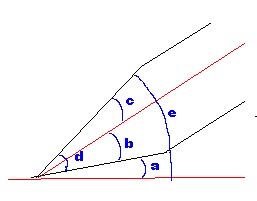I think its the terrible chatter you describe which is causing the blade damage and its the cause of the chatter that needs understanding. Finely set and well tuned this plane needs remarkably little force to cut across the grain and HNT irons stand up pretty well to tough woods. I'm sure Terry Gordon wouldnt mind an email from you and would help resolve this quickly.
Jeremy
Jeremy


































